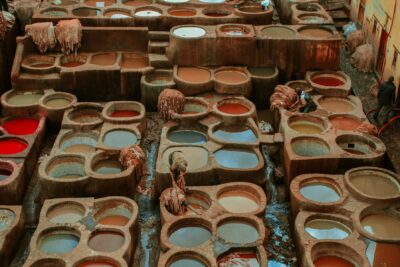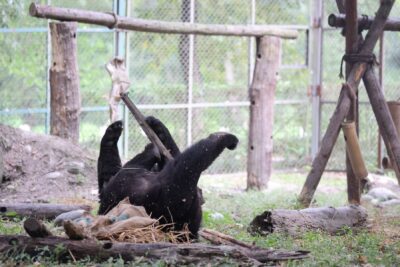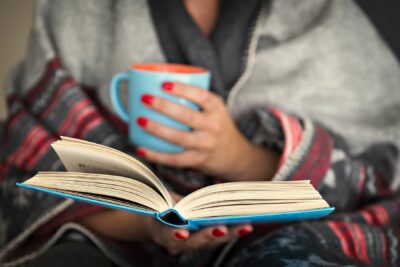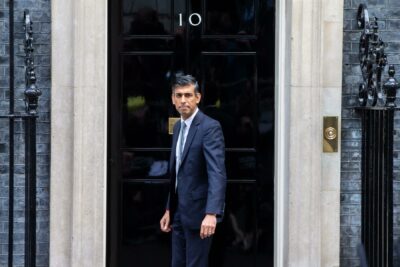Fashion is continuously evolving to changing tastes, but what is perhaps the most important aspect of fashion is quietly becoming the mantra for couture, haute or not. With evolving technology and increasing awareness towards sustainable and ethical practices, cruelty-free clothing is well on its way to becoming the norm. So, how can you join the vegan fashion movement? We delve into why you should and how you can make kinder choices when it comes to your clothing.
Give Up on Leather

Perhaps one of the most environmentally polluting industries, skins taken from cows and other animals undergo a long, toxic process to be turned into what we call leather. But that is not the only drawback to leather. Millions of animals, including goats, sheep, buffaloes, oxen, kangaroos, crocodiles, and zebras are slaughtered for their skins. The people who work at leather factories tend to come from the poorest backgrounds and are often underpaid. There, they are exposed to carcinogenic chemicals used in the tanning process, and may end up with occupational cancers.
Switching to vegan leather just makes more sense.
The most widely used vegan leather alternatives are Polyurethane (PU) and Polyvinyl chloride (PVC), which are made from a type of plastic. While PU or PVC are not ecologically smart alternatives since they are derived from fossil fuels, it still avoids many of the pitfalls associated with leather. While many advances are being made towards recycling PU to make fabric out of discarded goods, PU and PVC still have some work to do before being considered viable and sustainable alternatives.
The most exciting kind of leather alternatives are coming from plants. Cactus, pineapple leaves, apple skin, mushroom, coconut, and even corn waste are just some of the plant materials being used to make durable vegan leather alternatives.
These fabrics imitate the look and feel of leather and are versatile in that they can be used to make clothing and even accessories like shoes, belts, and wallets. They’re also produced with far less impact on the environment and many are even biodegradable.
Leave Wool for the Sheep

Sheep are specifically bred to produce large amounts of wool which would not have happened if humans did not intervene. To get even more from them, farmers deliberately breed Merino sheep with extra folds of skin on their bodies. These folds are targeted by flies who lay their eggs in them. When the eggs hatch, maggots eat into the sheep’s skin. To try and prevent this, farmers in some countries routinely cut away the folds of skin around the tail (a procedure known as mulesing) to stop flies from laying eggs there. This procedure, which is often conducted with no pain relief, leaves the sheep with gaping, painful wounds.
Sheep are not the only animals being put through cruel practises for their hair. Camels, goats, alpacas, oxen and llamas are also bred for this purpose. And when their productivity declines, none are spared: they are all sent to be slaughtered.
We don’t have to subject these animals to such cruelty.
Cotton has long been woven and used as a sustainable vegan alternative to wool. But fabric made from wood pulp (Tencel), linen, bamboo, and even hemp can be used to replace wool. Material innovators have even developed a vegan wool alternative with liquid waste from the coconut industry.
Fur Is Better Forgotten

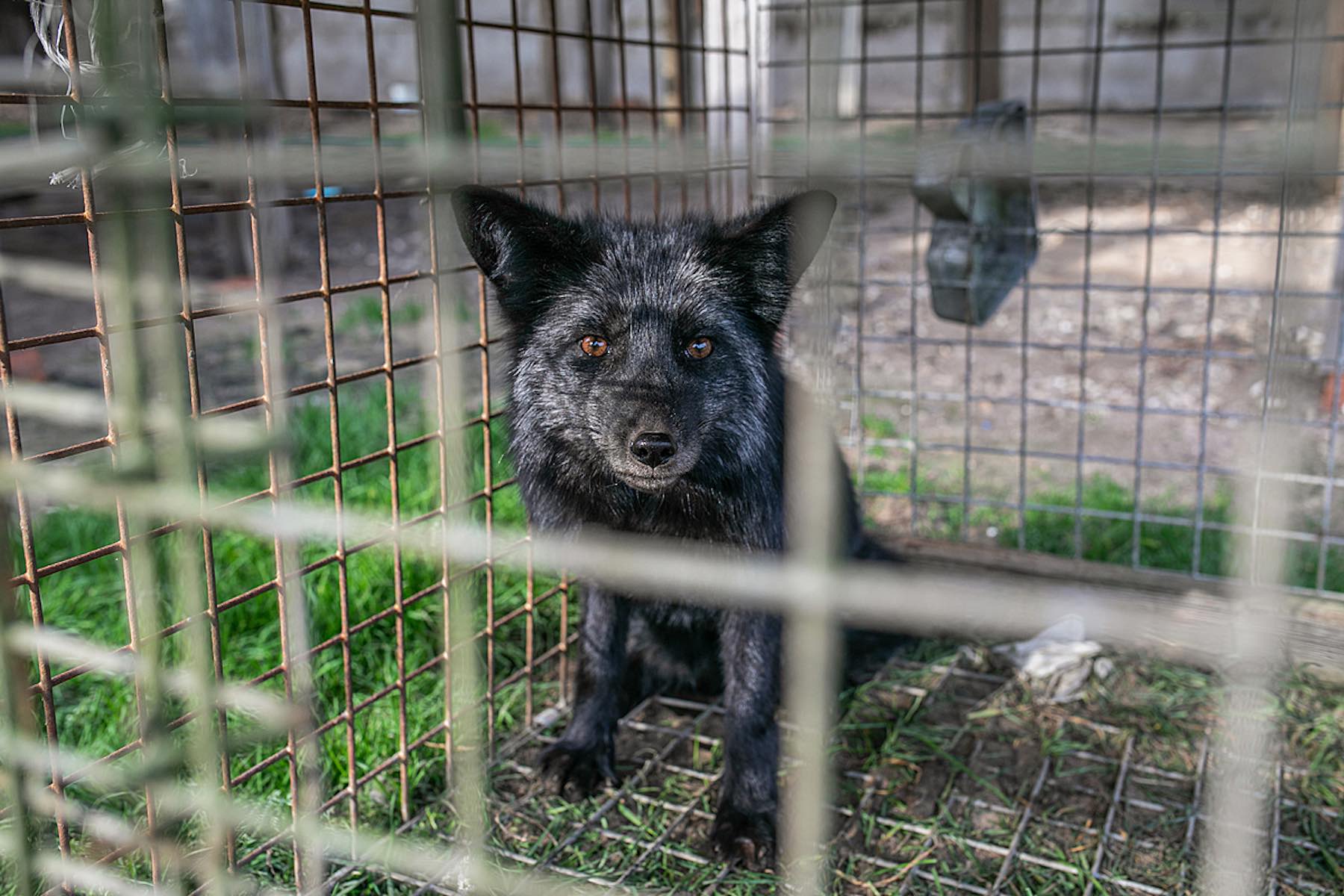
Just like wool and leather, animal fur is far from being kind to animals or the environment. Animals like minks, foxes, rabbits, and chinchillas are trapped in inhumane fur farms and skinned. Their fur is then treated with a toxic sludge of chemicals to increase the shelf life. This sludge is often a mix of bleaching agents, formaldehyde, ammonia, and dyes which run into creeks and rivers, polluting them and making them uninhabitable for wildlife. The World Bank has ranked the industry among the world’s worst offenders of toxic metal pollution.
The animals need their fur, we don’t.
While many big brands continue to drop fur from their clothing and accessories, fur farms still exist all over the world. Fast fashion has been accused of replacing fur with synthetic materials that are not biodegradable. But vegan and sustainable alternatives to fur do exist. Fur made from plant materials and recycled plastic are a good option, and designers have also been experimenting with materials like straw, hemp, cotton, and denim to make bio-based fur.
Smooth as Vegan Silk
Far from being sustainable or natural, the silk industry comes out on top as the worst fabric for its environmental impact. According to the Higg Index, part of the Sustainable Apparel Coalition who analyse fashion data from the lens of sustainability, silk has close to 13 times the environmental impact of its cheaper alternative acetate – a fiber made from wood pulp.
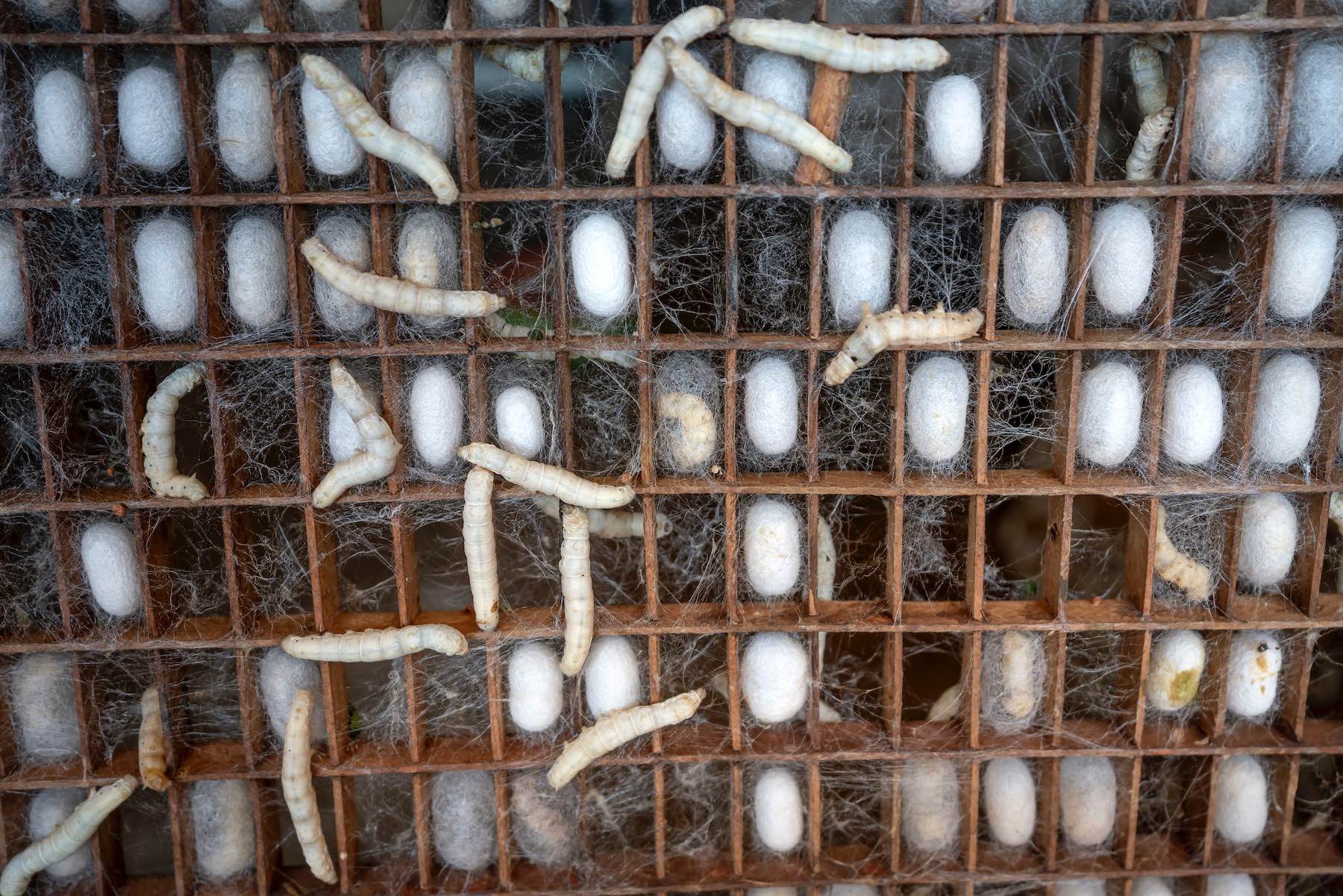
Silk is cruel, too. Its threads are obtained by boiling live silkworms while they are still inside their cocoons, which are then washed in soap and water to remove the sticky protein that holds the cocoons together. These threads are turned to yarn to be bleached and dyed. Silk is often considered as one of the ‘thirstiest’ materials and at least 3,000 silkworms are killed to make each pound of silk. This means billions of silkworms are killed every single year.
It is possible to make kinder choices.
Many of the vegan alternatives to silk clothing may include ecologically damaging fabrics like polyester. Sustainable silk alternatives are within reach, however: banana, bamboo, pineapples, citrus fiber, and even hemp are being used to make biodegradable vegan silks.
Light as Feathers
If the fashion world is increasingly saying no to fur, this is unfortunately not the case for down and feathers. According to industry estimates, goose or duck feathers still account for 80 percent of the stuffing in the world’s down duvets and winter coats. Feathers have been used since the 1600s for their insulating properties and not only in clothing, but also for pillows, quilts, and beddings. The increase in purchasing power and the preference for ‘luxury’ products is unfortunately fuelling the market for goose feather products, despite the fact that organisations such as the EFSA Panel on Animal Health & Welfare (AHAW) believe it is impossible to ‘harvest’ feathers from live birds without causing them pain.
According to IDFL – the global leader in textile auditing and certification – ‘live plucking’, i.e. the practice of plucking feathers and down from live birds, is no longer a common practice, as feathers and down are now a by-product of slaughter for food. Eighty percent of goose feathers on the market come from China, which is also the world’s largest consumer of duck meat. And despite what the IDFL specifies, no individual reared for five or six months on an industrial farm and then slaughtered is ‘humanely treated’ just because their feathers and down are not plucked before slaughter.
Fortunately, alternatives exist and are increasingly numerous, as well as more sustainable, both in environmental terms and in terms of reducing cruelty. These range from new-generation synthetic fibres with patented formulas to natural fibers of cotton, hemp, maize, and bamboo.
Beware Greenwashing
It is important to be mindful of greenwashing tactics that many fast fashion houses use to draw consumers who are looking for ethical alternatives. With a little bit of research, we can empower ourselves with the knowledge we need to make better choices.
Our fashion choices can affect animals and our planet in many different ways. We can choose to leave a positive ecological footprint, by buying and consuming less, but also by being conscious consumers of fashion.
The fashion industry, like any other, follows the money. Rising consumer awareness and demand for cruelty-free and sustainable options have pushed production in the right direction. While there’s still a long way to go to get to the end of the runway, the winds of change are finally blowing in the right direction.
